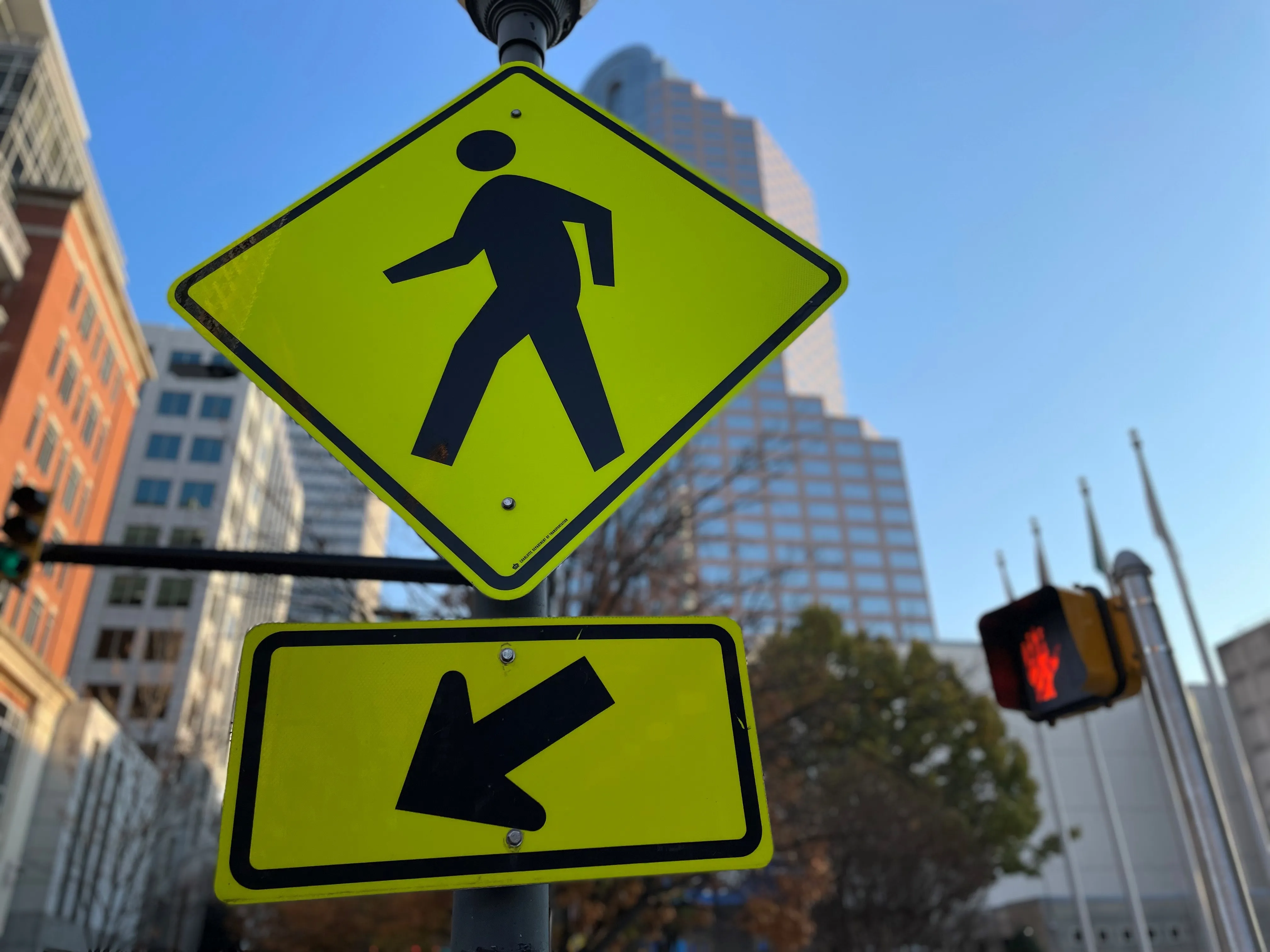Inattentive motorists in California’s Butte County will soon be reminded that they are going too fast now that the Sheriff's department has taken delivery of its first self-contained radar speed sign, purchased with a grant from the South Dakota Department of Public Safety. The signs have been proved to be effective in reminding people that they are speeding when they are not paying attention to their rate of travel. Butte County Deputy Brunner explained that the idea of the speed board is to remind drivers
July 2, 2013
Read time: 2 mins
Inattentive motorists in California’s Butte County will soon be reminded that they are going too fast now that the Sheriff's department has taken delivery of its first self-contained radar speed sign, purchased with a grant from the South Dakota Department of Public Safety.
The signs have been proved to be effective in reminding people that they are speeding when they are not paying attention to their rate of travel. Butte County Deputy Brunner explained that the idea of the speed board is to remind drivers of the speed limit. The sign flashes the speed, and if the vehicle is driving too fast, the sign flashes, ‘Slow Down’. He said the sign was attached to a speed trailer that can easily be moved to different locations.
"The trailer will be moved to areas where we have speed issues," Brunner went on, "This is just a friendly reminder and a warning to inattentive motorists, at least at this point. This is not your everyday street sign.”
The innovative speed trailer also comes equipped with an on board computer that keeps track of the average speed of the vehicles and the number of cars it scans. This information gives the officers the information they need to establish traffic patterns, in order to identify the best time of day to be in the vicinity to enforce the speed limit.
The signs have been proved to be effective in reminding people that they are speeding when they are not paying attention to their rate of travel. Butte County Deputy Brunner explained that the idea of the speed board is to remind drivers of the speed limit. The sign flashes the speed, and if the vehicle is driving too fast, the sign flashes, ‘Slow Down’. He said the sign was attached to a speed trailer that can easily be moved to different locations.
"The trailer will be moved to areas where we have speed issues," Brunner went on, "This is just a friendly reminder and a warning to inattentive motorists, at least at this point. This is not your everyday street sign.”
The innovative speed trailer also comes equipped with an on board computer that keeps track of the average speed of the vehicles and the number of cars it scans. This information gives the officers the information they need to establish traffic patterns, in order to identify the best time of day to be in the vicinity to enforce the speed limit.










